7 Playground Rules That Make No Sense Now – And 7 Every Kid Instinctively Understood
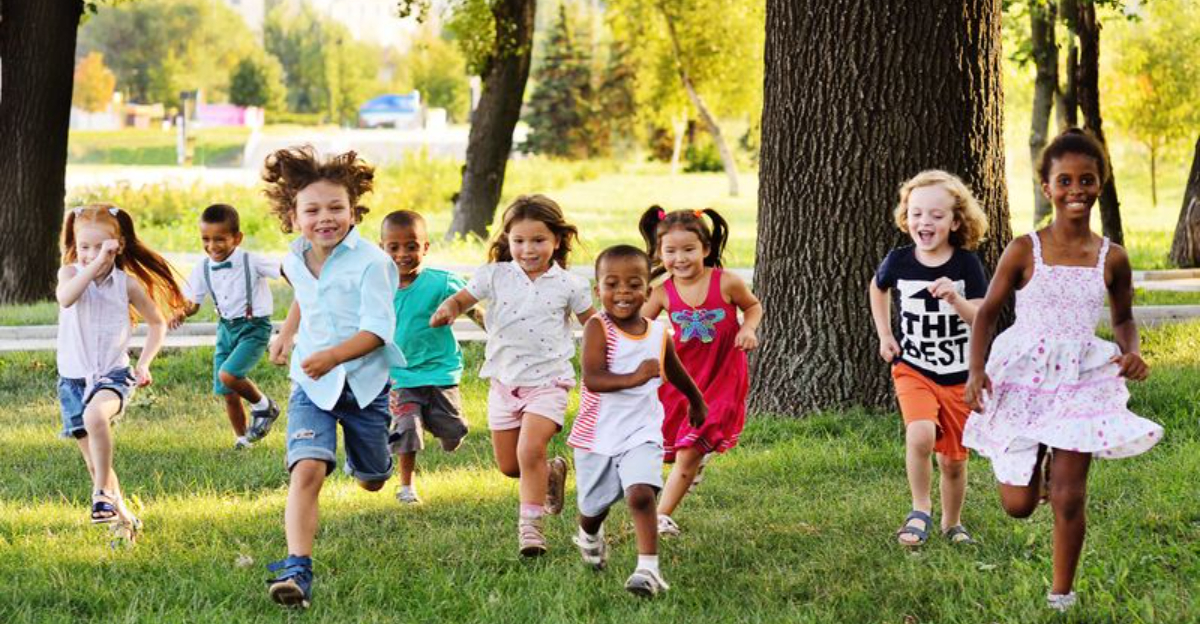
Remember those wild, wonderful days on the playground, where monkey bars doubled as jungle gyms and hopscotch was serious business?
Back in the 90s, some playground rules hovered over us like moody storm clouds—“No running,” “No yelling,” and the ever-confusing “Only one kid on the slide at a time” (why, though?). As a kid, I obeyed these bizarre commandments with the solemnity of a mini monk, never questioning why chasing your friends with a stick suddenly made you a playground outlaw.
Now, as a parent, I look back and chuckle. But let’s not forget the magic of the unwritten rules—those sacred codes passed down through scraped knees and snack swaps: call “dibs,” respect the swing rotation, and never, ever, cut in line for the slide.
Let’s dive into this hilarious, head-scratching world of outdated rules and timeless kid logic that still governs playground politics to this day.
1. No Running on the Playground
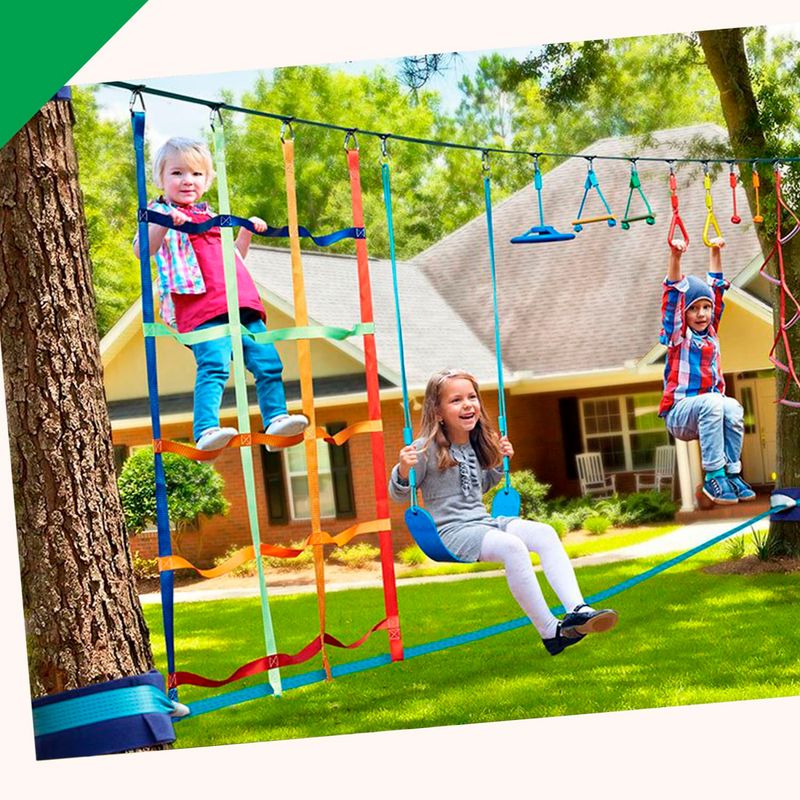
The irony still makes me chuckle. Adults created playgrounds specifically for physical activity, then immediately told us not to run on them!
The reasoning behind this rule – preventing injuries – came from a good place. But blanket bans on running ignored children’s fundamental need for speed and movement. Modern playground design now acknowledges this reality by creating zones for different activities rather than restricting natural play behaviors.
Today’s approach focuses on teaching situational awareness instead: run where it’s safe, walk where it’s crowded. This balanced perspective recognizes that physical development requires some risk-taking, and that learning to gauge appropriate speeds is actually an important childhood skill. Kids need to run – it’s literally in their DNA!
2. Don’t Get Your Clothes Dirty
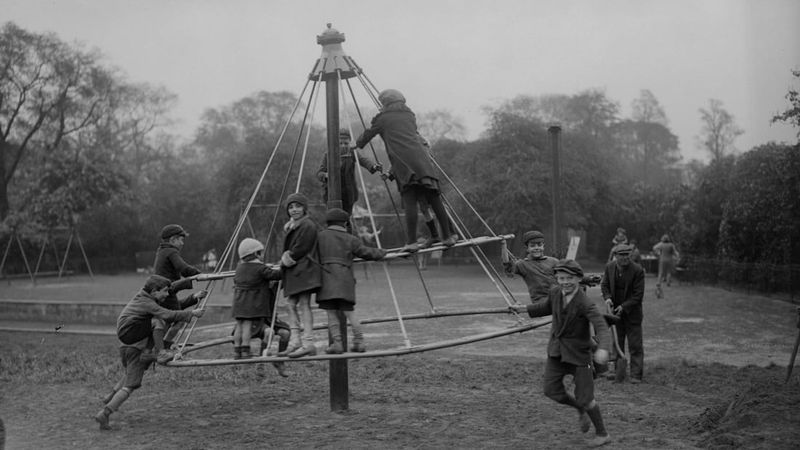
My grandmother nearly fainted the day I came home covered head-to-toe in playground dirt. Back then, maintaining pristine clothing during recess was somehow expected, despite sending us to play in an environment literally made of dirt, sand, and mulch. Talk about setting kids up for failure!
This rule originated from practical concerns about laundry and expense, but it created unnecessary tension between natural play and arbitrary cleanliness standards.
Modern parenting philosophies now embrace washable clothing and recognize that dirt is an essential playground companion. Many schools even incorporate purposeful messy play into their curriculum.
3. No Tree Climbing Allowed
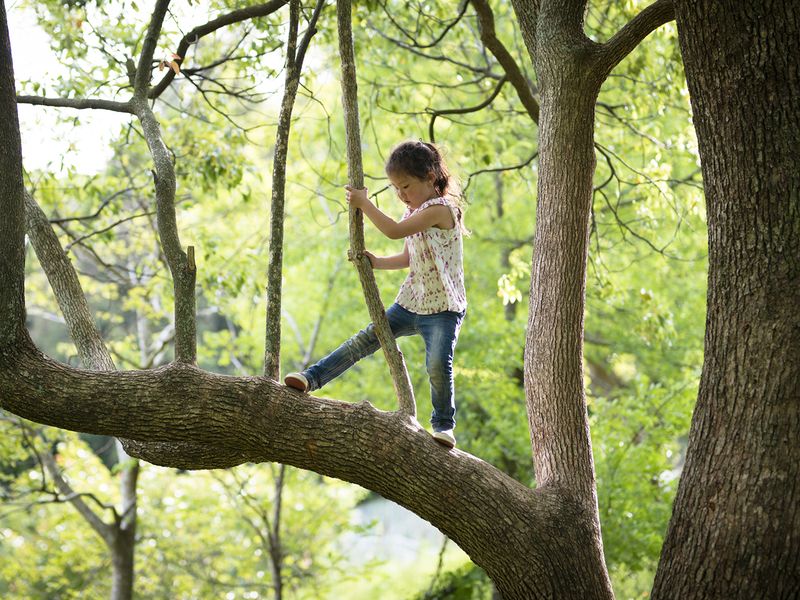
The oak tree at my elementary school playground might as well have been surrounded by electric fencing. We all wanted to climb it, but the universal ‘no tree climbing’ rule kept our feet firmly on the ground. The perfect climbing branches taunted us daily while teachers vigilantly patrolled for would-be monkey impersonators.
This prohibition stemmed from legitimate safety concerns but failed to consider the incredible developmental benefits of climbing. Tree climbing builds upper body strength, improves spatial awareness, teaches risk assessment, and boosts confidence. Nature provides the perfect training ground for these skills.
With proper guidance on choosing appropriate trees and techniques, climbing becomes reasonably safe while remaining thrillingly challenging. The pendulum is swinging back toward letting kids experience the unique joy of reaching that perfect perch.
4. Wait 30 Minutes After Eating
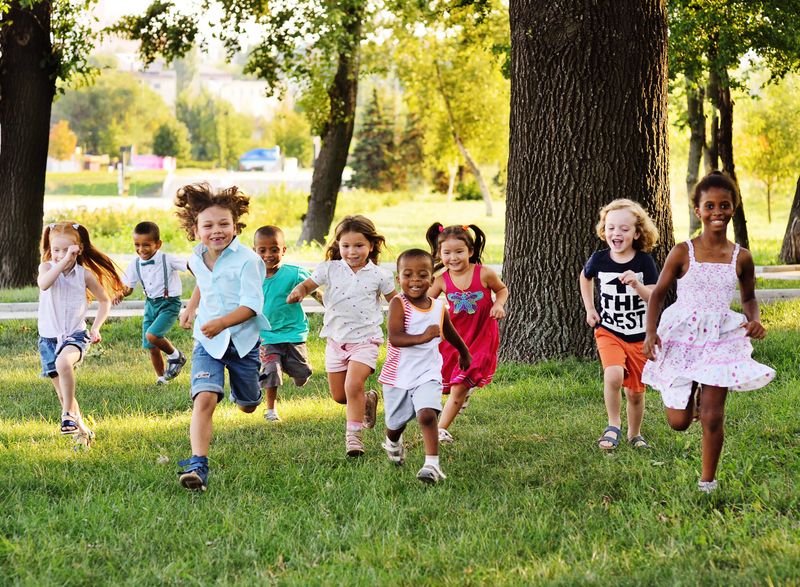
The lunch bell would ring, we’d wolf down our PB&Js, and then face the cruelest wait in childhood – that mandatory half-hour before swimming or vigorous play. I once timed it with my Mickey Mouse watch, convinced the playground monitor was extending our sentence by at least 15 minutes.
This rule originated from the misconception that blood diversion to the digestive system would cause cramping during exercise, potentially leading to drowning while swimming. Science has thoroughly debunked this myth.
Modern understanding recognizes that children can safely play immediately after eating. In fact, getting moving after meals helps regulate blood sugar and aids digestion. The real concern should be adequate hydration during play, not arbitrary waiting periods. This outdated rule wasted precious minutes of recess that could have been spent in joyful movement!
5. No Playing in the Rain
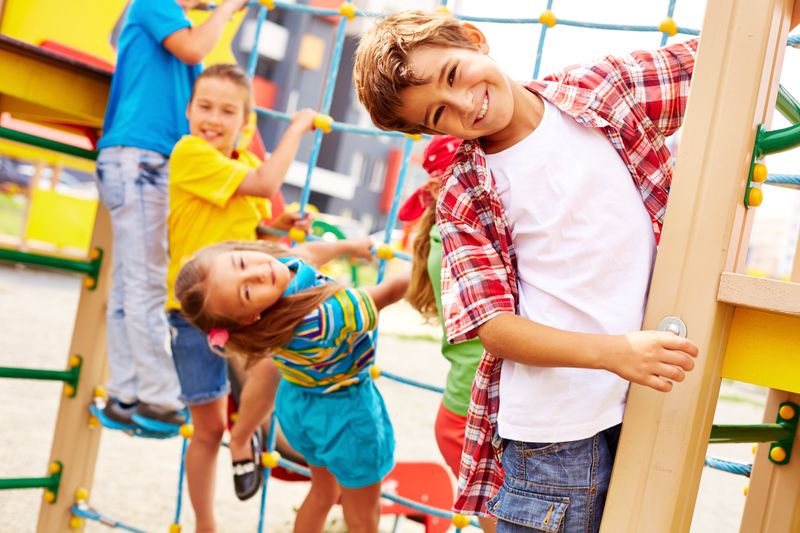
The moment raindrops appeared, teachers would herd us inside like we were made of sugar. I vividly remember pressing my nose against the classroom window, watching perfectly good puddles go to waste during an afternoon shower.
This rule stemmed from fears about illness, despite research showing that cold weather and rain don’t actually cause colds (viruses do). Getting wet doesn’t make kids sick – it makes them delighted! Rain transforms familiar playground equipment into exciting new experiences with different textures, sounds, and sensations.
Forward-thinking schools now provide rain gear or ask parents to send appropriate clothing for wet weather play. Plus, splashing in puddles might be one of childhood’s purest joys! The ability to play in diverse weather conditions builds resilience and connection to the natural world.
6. Don’t Share Food

Trading lunch items was once the underground economy of elementary school. My homemade chocolate chip cookies could easily fetch two fruit roll-ups and a juice box on the playground black market. Then schools implemented strict “no sharing food” policies, effectively crushing our budding negotiation skills.
These rules emerged from legitimate concerns about food allergies and dietary restrictions. However, the blanket prohibition eliminated important social bonding opportunities. Breaking bread together is one of humanity’s oldest social customs – even for seven-year-olds swapping sandwich halves.
Today’s more nuanced approach involves educating children about allergies while creating supervised sharing opportunities when appropriate. Some schools designate allergy-free tables or implement buddy systems where children with similar dietary needs sit together.
7. No Bare Feet Allowed
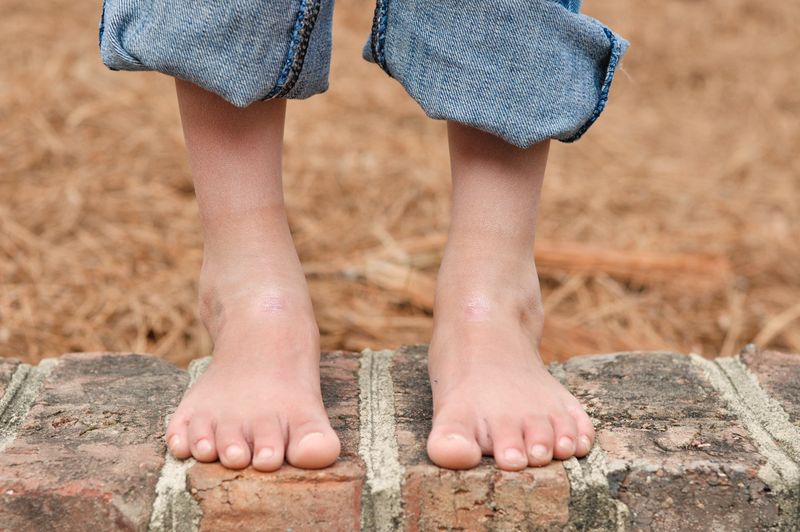
Summer meant freedom – except at the playground, where our shoes remained firmly strapped on despite scorching hot equipment and inviting grass. I once tried removing my sneakers to feel the cool sand between my toes and was promptly whistled at by the playground monitor as if I’d committed a serious crime.
Valid worries, but they overlooked the tremendous sensory and developmental benefits of barefoot play. Walking barefoot strengthens foot muscles, improves balance, enhances proprioception (body awareness), and provides crucial sensory feedback that helps brain development.
Progressive playgrounds now incorporate designated barefoot areas – sand pits, grass sections, or textured walking paths specifically designed for safe shoeless exploration. They recognize that feet need exercise and stimulation just like the rest of the body.
8. Take Turns Without Being Told
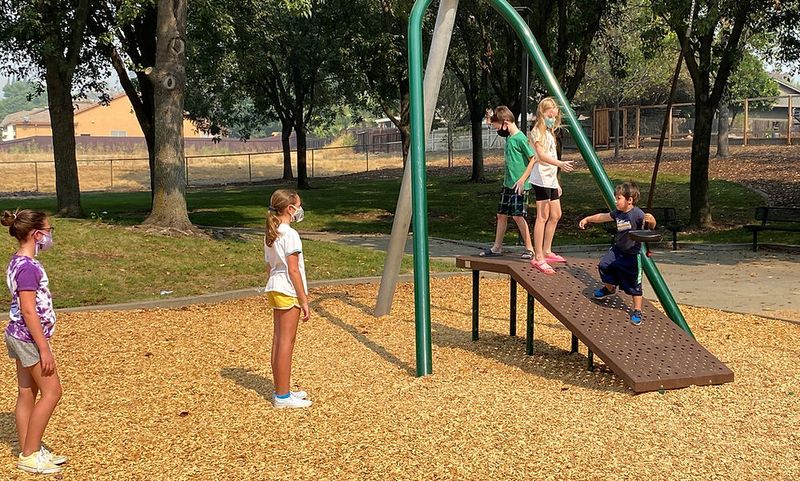
Even at age five, I understood the swing set’s unspoken democracy. Without adult intervention, we’d count to thirty, surrender our spot, then patiently wait through the rotation until our turn came again. The system wasn’t perfect, but somehow we maintained relative peace without printed regulations or constant supervision.
This instinctive understanding of fairness appears remarkably early in human development. Studies show that children as young as three recognize and reject unfair distribution of resources. The playground becomes a natural laboratory for practicing this fundamental social skill, as children quickly learn that monopolizing equipment leads to isolation.
The magic happens when adults step back just enough to let this natural order emerge. Kids negotiate, compromise, and occasionally argue – but ultimately create systems that work for their community.
9. Form Lines Without Chaos
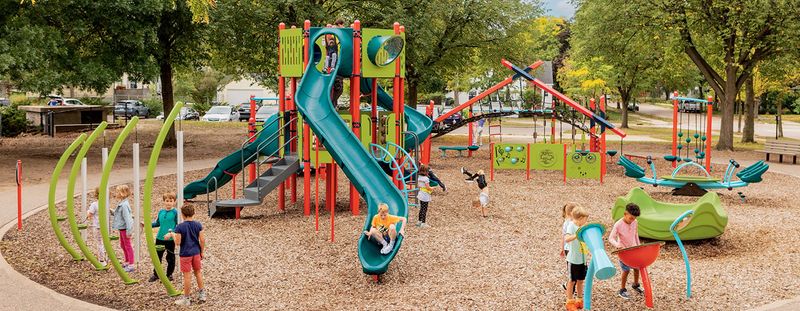
The playground slide somehow taught us queue management better than any MBA program. Without explicit instruction, we’d form a relatively orderly line, maintaining personal space and addressing line-cutters with swift peer justice.
This natural queuing behavior stems from children’s developing sense of fairness and social order. By age four, most kids understand the concept of “first come, first served” and recognize that everyone deserves a turn. The playground line becomes a microcosm of social cooperation where children practice impulse control and patience.
What’s remarkable is how children enforce these systems themselves through social feedback. A child who repeatedly cuts in line quickly learns they’ll face peer rejection – a powerful motivator for young humans seeking belonging. Adults often underestimate children’s capacity for self-organization when given consistent environments with clear social expectations.
10. Include Others in Games
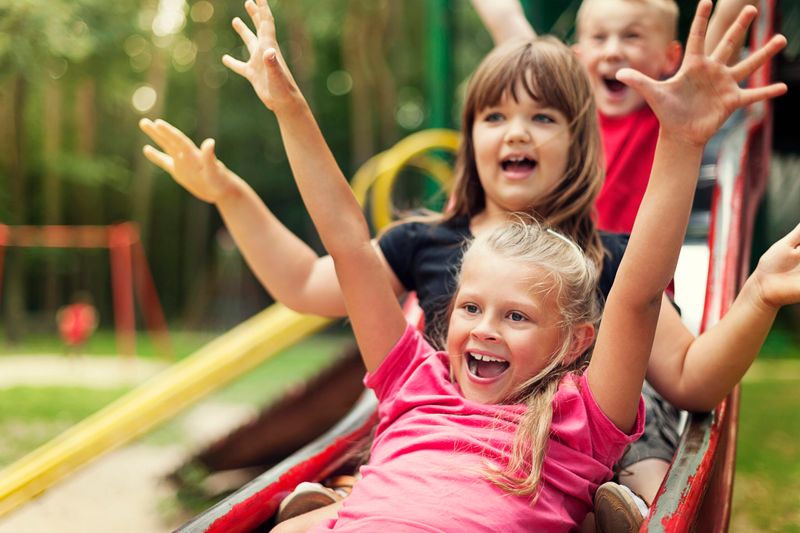
The unwritten playground code of inclusion saved me from loneliness countless times. Standing awkwardly at the edge of a kickball game, I’d hear those magical words: “You can play too!” This spontaneous welcoming happened without adult prompting, arising from children’s natural empathy.
This instinctive inclusion stems from children’s developing sense of fairness and early recognition of others’ emotional states. By age four, most children can identify sadness in others and show spontaneous helping behaviors. The playground provides natural opportunities to practice these prosocial skills as groups constantly reform around different activities.
What’s fascinating is how children often create modified roles to accommodate everyone. This creative inclusion teaches flexibility and problem-solving. While not universal (exclusion certainly happens), the remarkable frequency of spontaneous inclusion demonstrates children’s natural capacity for empathy when supported by a culture that values kindness.
11. Respect the Imaginary Boundaries
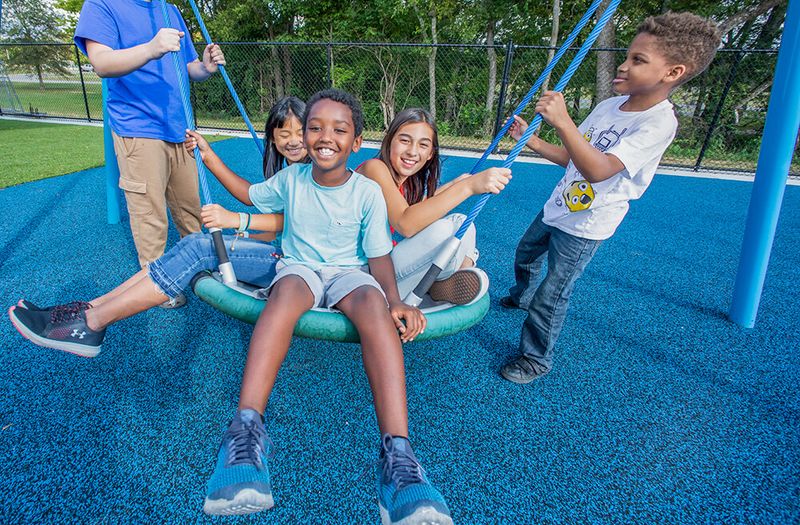
“This side of the tree is our castle, that side is dragon territory!” I proclaimed, and somehow everyone understood the invisible geography without question. Playground games operated within elaborate mental maps that existed purely in our collective imagination, yet were as real and binding as any physical barrier.
This remarkable ability to create and maintain shared imaginary spaces demonstrates children’s sophisticated cognitive and social capabilities. They’re simultaneously tracking the physical environment, the agreed-upon pretend overlay, and the social rules governing both realms. The invisible fort walls remain consistent even as the game evolves, showing impressive working memory.
Children practice perspective-taking as they navigate these dual realities, strengthening theory of mind – understanding others’ mental states. The playground becomes a training ground for abstract thinking and social negotiation, all disguised as simple play. Those imaginary kingdoms were building very real brain architecture!
12. Know When to Get Help
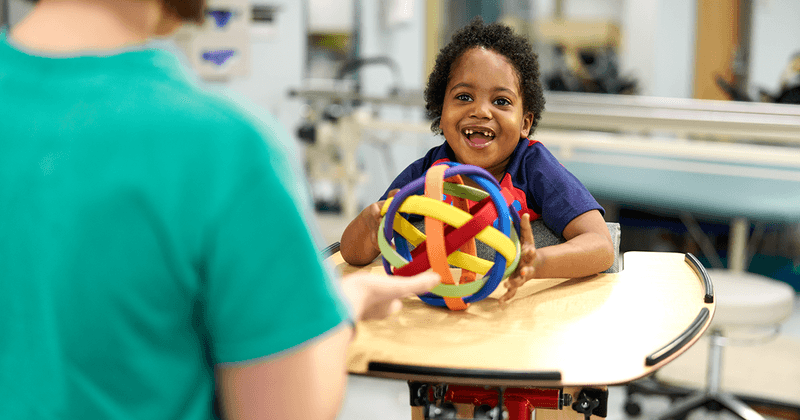
Blood was the universal signal. Scraped knees warranted peer comfort, but actual bleeding triggered our internal alarm system. Without formal training, we instinctively categorized playground injuries into “handle it ourselves” versus “get an adult now” – a surprisingly sophisticated risk assessment system for seven-year-olds.
This natural hazard discrimination develops through observation and experience. The playground becomes an informal classroom for recognizing emergency versus non-emergency situations, helping children develop judgment about when self-reliance is appropriate and when help is needed.
When adults allow appropriate levels of problem-solving before intervening, children develop crucial decision-making skills. The playground teaches the balance between independence and seeking help – a lesson that serves throughout life.
13. Protect Smaller Kids
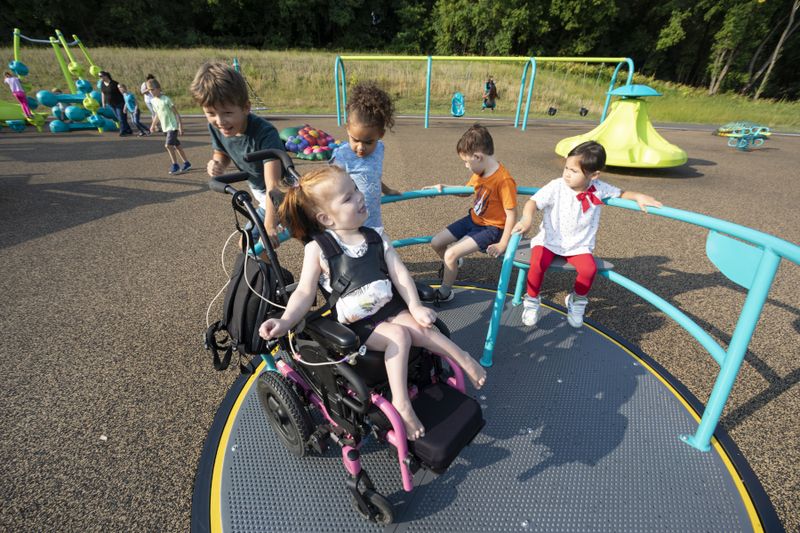
My proudest playground moment came in second grade when I spontaneously modified our game of tag to include my friend’s preschool brother. Without discussion, we all silently agreed to run slower, tag gentler, and create special “safety zones” for him.
This behavior reflects children’s innate capacity for empathy and their understanding of developmental differences. Studies show that by age four, children can adjust their play style when interacting with younger children. They intuitively recognize the need to scaffold experiences for those with less developed abilities.
This natural age mixing has become increasingly rare in our age-segregated society, making playground interactions especially valuable. When adults step back and allow this natural dynamic to flourish, children develop responsibility and care for others that transfers to many other situations.
14. Respect the Equipment’s Purpose
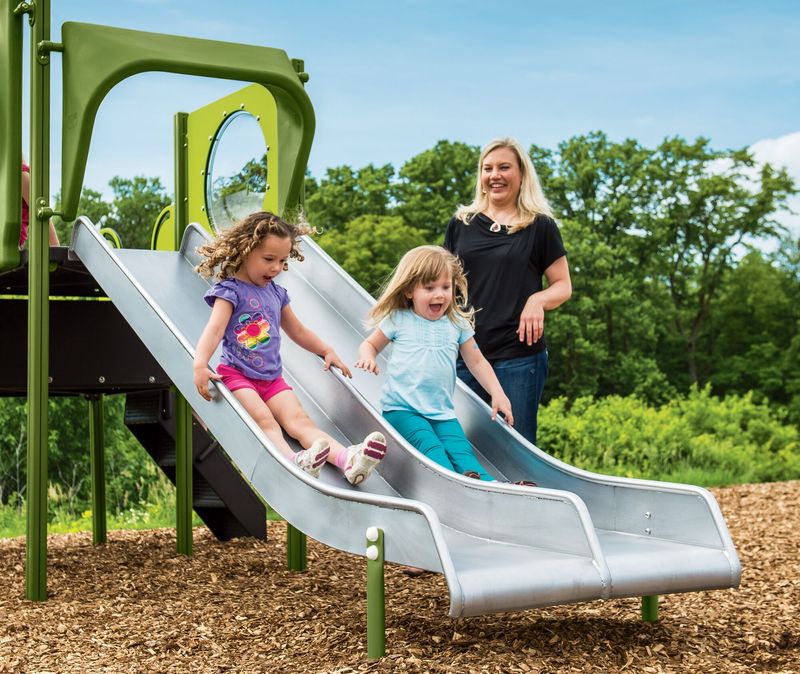
Nobody had to tell us that slides go down, not up. We instinctively understood the intended flow of playground equipment, creating orderly systems without posted instructions. The only time I ever climbed up the slide was during “opposite day” – proving we knew the rules well enough to deliberately break them for special occasions.
This intuitive understanding of equipment function demonstrates children’s remarkable observational learning and pattern recognition. They recognize that certain designs create natural one-way traffic patterns that maximize fun for everyone.
What’s fascinating is how children enforce these unwritten equipment rules through peer feedback. A child blocking slide traffic by climbing up quickly learns this violates the social contract through immediate feedback from waiting peers. This natural consequence teaches consideration more effectively than posted rules.
